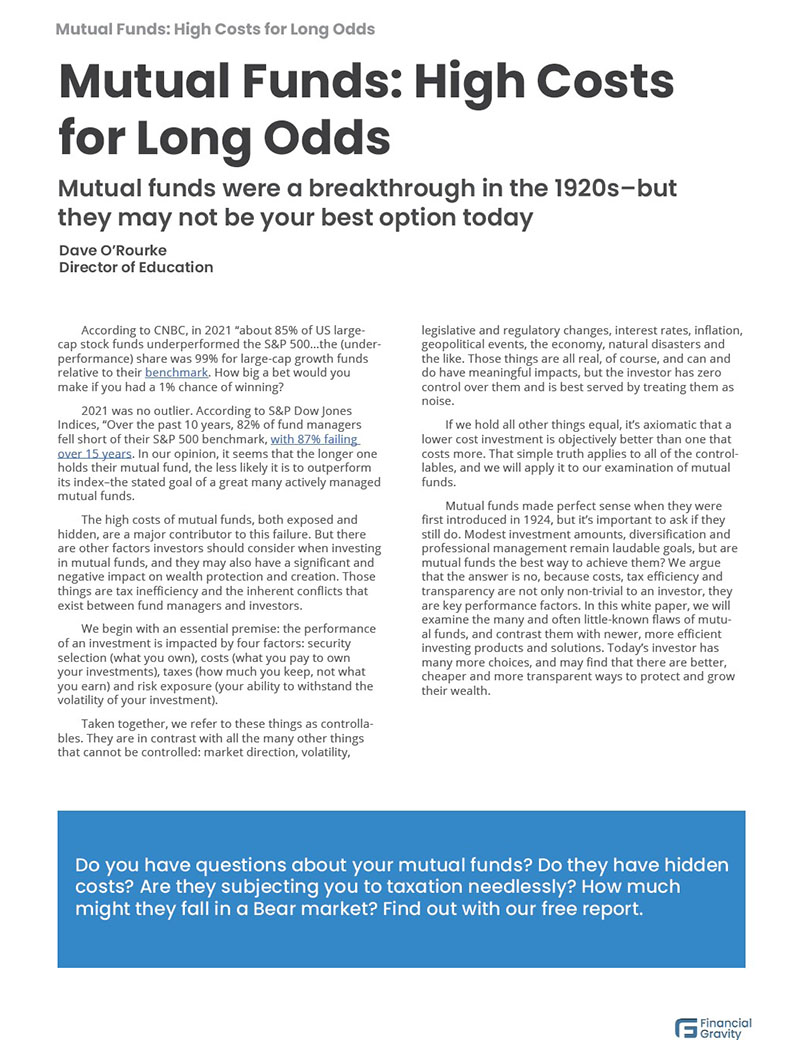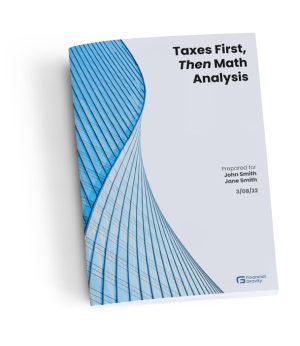On March 1st, just 15 days ago, Silicon Valley Bank CEO Greg Becker was riding high at the Upfront Summit in Los Angeles. “We pride ourselves on being the best financial partner in the most challenging times.” The bank was up for a Bank of the Year award in London the next day[1].
One week ago, Federal regulators seized the bank. A classic bank run took the bank’s cash balance down to nearly negative one billion dollars. This is the first big bank failure since the Great Recession and the second largest in US history. This was life imitating art, It’s a Wonderful Life without the happy ending, more Kafka than Capra.
The bank’s failure is the biggest news in finance and one of the biggest stories overall these days. There are all kinds of externalities: fear of “contagion” — that depositor confidence in banks may be shaken. The sine qua non of banking is confidence, and SVB has shaken the confidence of American business.
This story is, first and foremost, a cautionary tale. It offers everyone an opportunity to learn important lessons–about trust, about hubris, and about understanding what happens when an investment turns into speculation.
SVB was without question one of the biggest winners in the Pandemic. Its deposits grew from $61 billion to $181 billion between 2020 and 2022. The tech companies it serves were enjoying remarkable growth, generating a flood of cash, and a lot of that cash ended up in the bank.
So much cash that the money couldn’t be loaned out fast enough. Seeking to put that money to work, the bank made what appears to be a giant rookie mistake: they bet on the movement of interest rates, which means they bet on what Fed policy would be.
This is a classic case of trying to control the uncontrollable and predict the unpredictable. Some people who engage in speculation get lucky — after all, there is a seller for every buyer. But luck is not a reliable investment policy, as the investors in SVP must now realize. The stock has been in free fall and is now down 82.96% year to date, with almost all that loss occurring in the past week.
There is a rule of thumb in bond investing: for every 1% rise or fall in interest rates, a bond’s price will change 1% in the opposite direction for every year of duration. So if you are holding ten-year Treasurys and interest rates rise 1%, you’ll experience approximately a 10% loss. Now consider that the Effective Federal Funds Rate is at 4.57% and was 0.08% just last year.
A 4.49% interest rate rise in one year, by the rule of thumb, would imply a loss of 44.9% on ten-year Treasurys. In 2022, SVP extended the average duration of its multi-billion dollar bond portfolio from 4 years to 6 years. The bank’s completely wrong call brings to mind the aviator “Wrong Way” Corrigan, who left New York headed for California and ended up in Ireland. One wonders what he made of all the water down there.
According to Bloomberg, SVB had mark-to-market losses in excess of $15 billion at the end of 2022 for securities held to maturity, almost equivalent to its entire equity base of $16.2 billion. In the history of bad bets, this one was epic. And, like so many speculations before it, this was 100% avoidable[2].
The collapse of Silicon Valley Bank echoes other storied failures in which supposedly experienced and intelligent professionals took gambles with OPM — other people’s money:
Long-Term Capital Management. LTCM was founded by the former vice chairman and chief bond trader of Salomon Brothers. Board members included Nobel Prize winners Robert Merton and Myron Scholes. Its ultra-high leverage (it had a debt-to-equity ratio of over 25) and exposure to Asian and Russian assets led to its spectacular collapse in 1998.
Bernie Madoff was convicted in 2009 of the largest fraud in history. Madoff Investment Securities appears to have stolen almost $65 billion when phantom gains are considered. Madoff had been chairman of the NASDAQ stock exchange and was also board chair of the National Association of Securities Dealers. A lot of smart advisors steered their clients to Madoff, who had faith that Madoff’s consistently positive returns would go on forever. Regulators ignored whistleblower Harry Markopolos’s many efforts to alert them.
Sam Bankman-Fried’s cryptocurrency exchange, FTX, and Alameda Research, an associated trading firm, used its own digital coins as security. The sudden collapse of the two firms shook up the entire crypto ecosystem, leading to a loss of three-quarters of its value.
There were a lot of smart people involved in SVB that might have known better. The largest investor in the bank was Vanguard, which owned over 10% of the bank’s stock and millions of shares in its mutual funds.
The top ten owners of SVB bank stock included State Street, BlackRock, and JP Morgan. SVB’s capitalization adviser was Goldman Sachs. One would think bankers would understand bank capitalization, but apparently, they did not. And no one had taught them the basic rule of thumb.
Three months ago, the consensus among securities analysts covering the bank was strongly bullish: 11 rated it as Buy, 1 as Overweight, and 11 were Hold. Only one had a Sell rating. The price target 3 months ago was from a low of $170 to a high of $500. The price on March 13th was $106[3].
So what is the takeaway? There are several. One is that everyone is susceptible to the hive mind, or FOMO — fear of missing out. Another is that greed is a powerful motivation.
The most important takeaway is the simplest one: if it seems too good to be true, it probably is. Control the things that can be controlled: costs, tax efficiency, diversification, and risk alignment. Leave everything else to the wizards of Wall Street, who seem to have an infinite capacity to absorb losses.
If you are concerned about your exposure to non-controllables, we can help with our Taxes First, Then Math™ Analysis. This report is free for our clients, a part of our family office services. Our goal is to see you take maximum advantage of the tax laws and then to multiply that tax advantage with financial solutions that perform without surprises — and without uncompensated risks.
Getting your report is simple; it starts with a brief conversation where we’ll tell you what we need.
Sources:
[1] bloomberg.com
[2] fortune.com
[3] wsj.com


